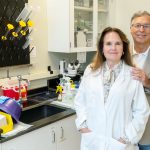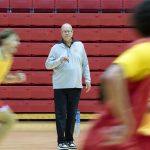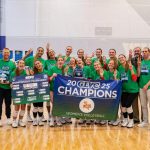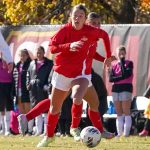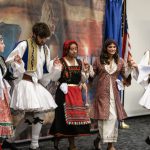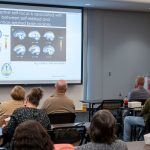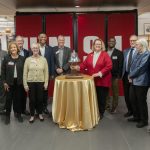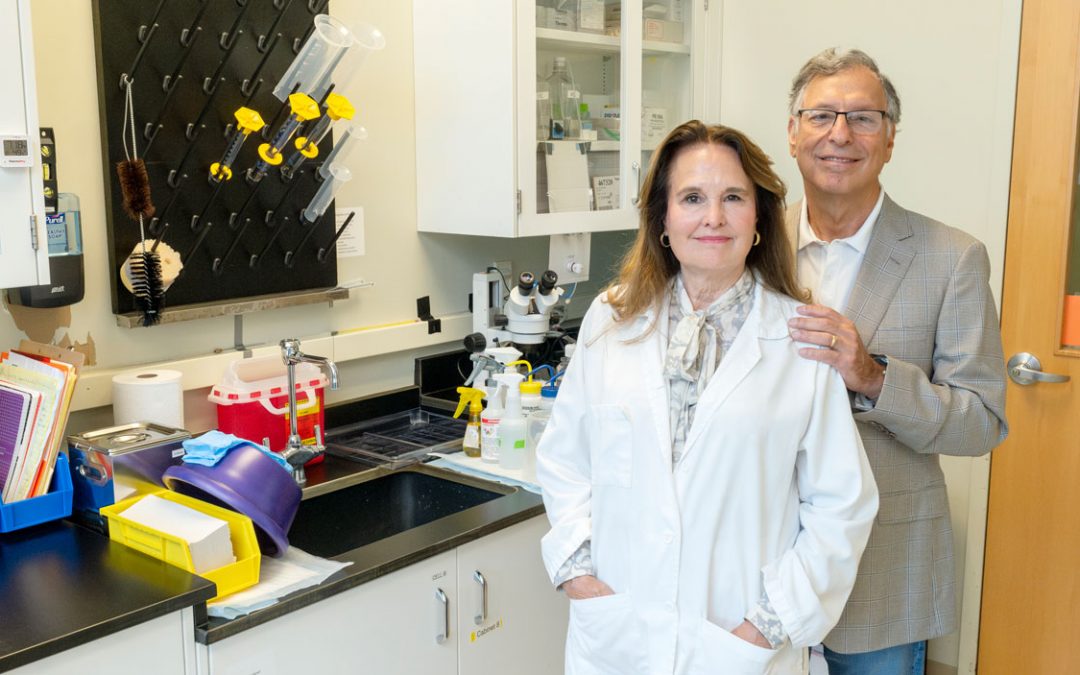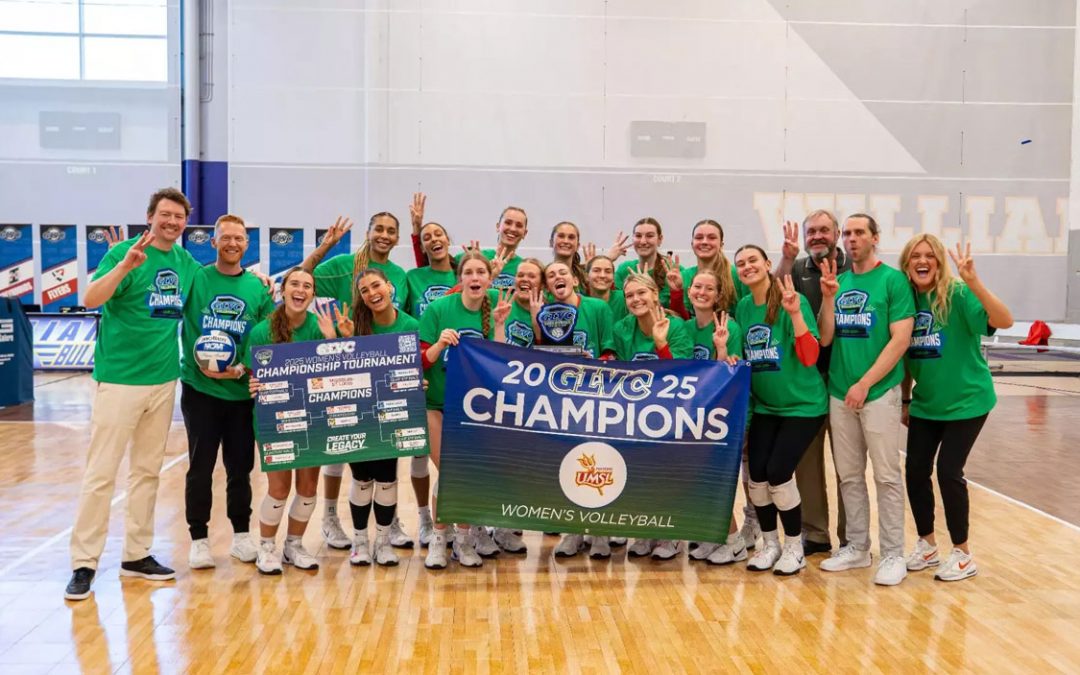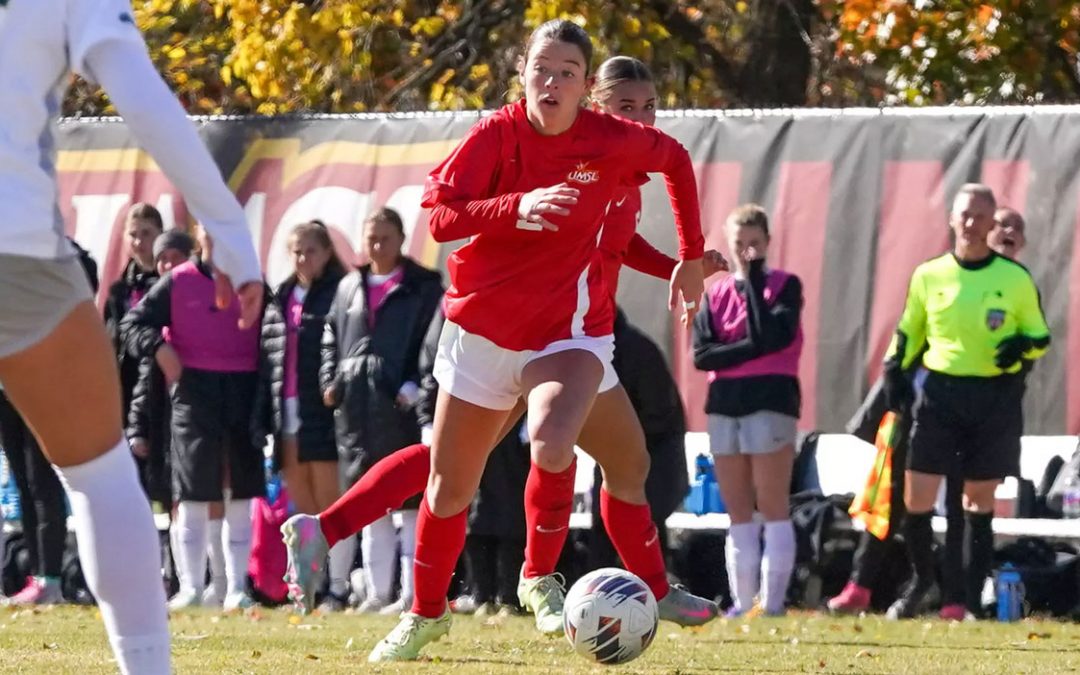Say what you will about the parasitic lifestyle, but in the game of evolution, it’s a winner.
Studying populations of Galápagos hawks and feather lice that live in their plumage, a group of researchers that included Patricia Parker, the E. Desmond Lee Professor in Zoological Studies and chair of the Department of Biology at the University of Missouri–St. Louis, has gathered some of the first field evidence suggesting that a phenomenon called co-divergence between parasites and hosts is indeed an important mechanism driving the evolution of biodiversity.
“We found the lice are passed on from mother to babies during brooding, almost like genes,” according to a researcher from the University of Arizona, who spearheaded the study. “They’re evolutionary heirlooms, like your family’s silverware or engagement ring diamond.”
The findings were published in the journal Biology Letters of the Royal Society. The study was picked up by multiple media outlets including, the German news magazine DER SPIEGEL, Phys.org and Science 2.0.
In four years of fieldwork on eight major islands, the team caught hundreds of Galápagos hawks – which later were released unharmed – and collected blood samples and feather lice for genomic analysis, in a partnership with the Galápagos National Park. Researchers discovered that the hawks’ lice are found exclusively on their host species, and unable to survive on any other species.
The study’s lead author, Jennifer Koop, is a postdoctoral fellow in the lab of assistant professor Noah Whiteman in the University of Arizona’s Department of Ecology and Evolutionary Biology. Parker helped with fieldwork and shares co-authoring credit with Karen DeMatteo, an adjunct assistant professor of biology at UMSL. They used the DNA from the samples to generate a genetic fingerprint of each population.
The research team chose the Galápagos Islands, located 575 miles off the west coast of Ecuador, for the study because the species that colonized the geologically young group of islands have evolved in isolation, making the area an ideal natural laboratory.



